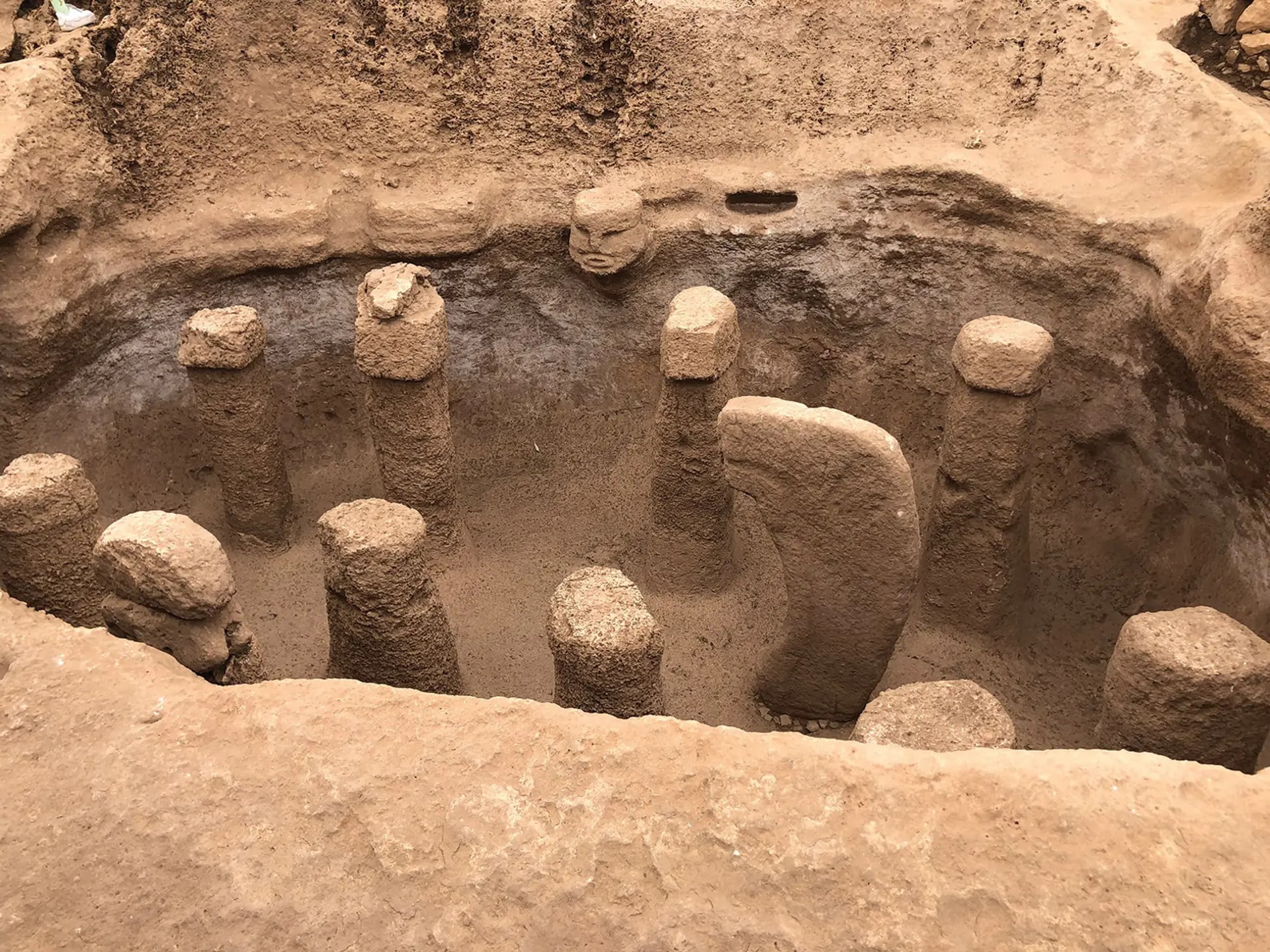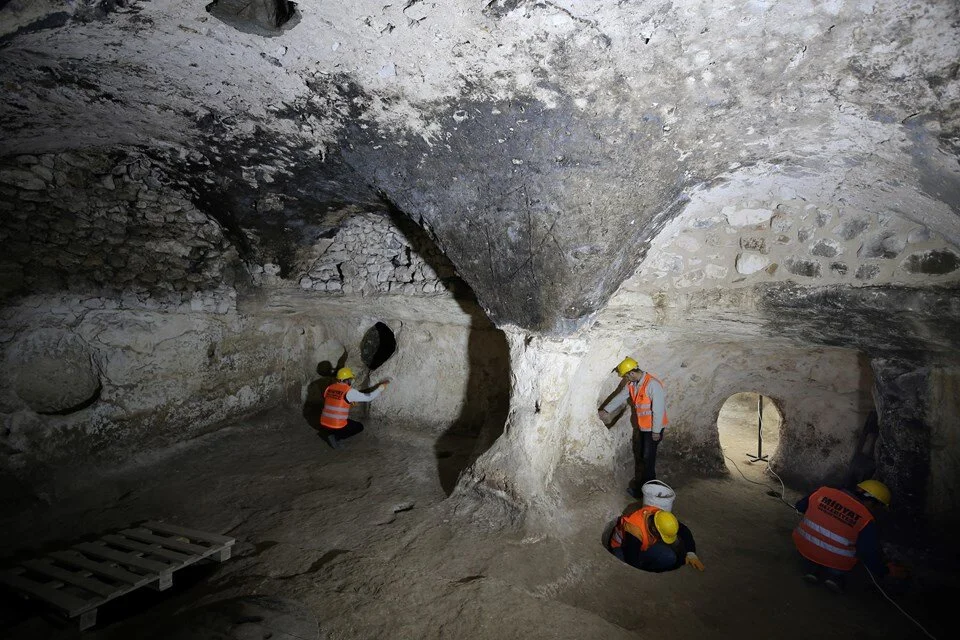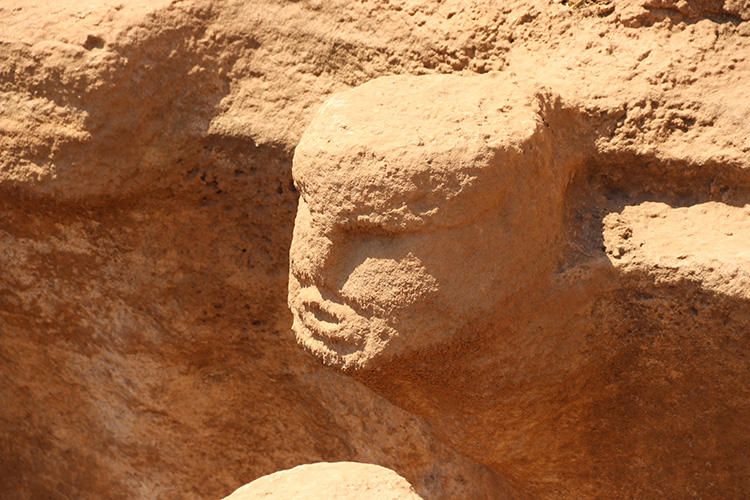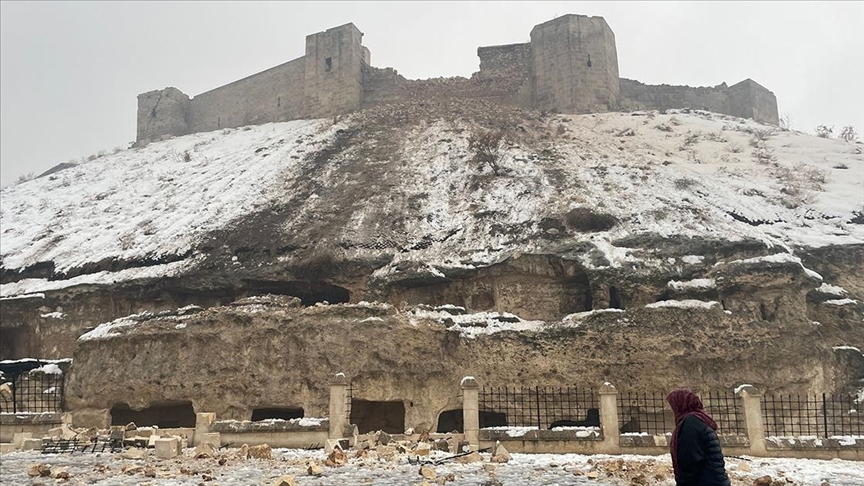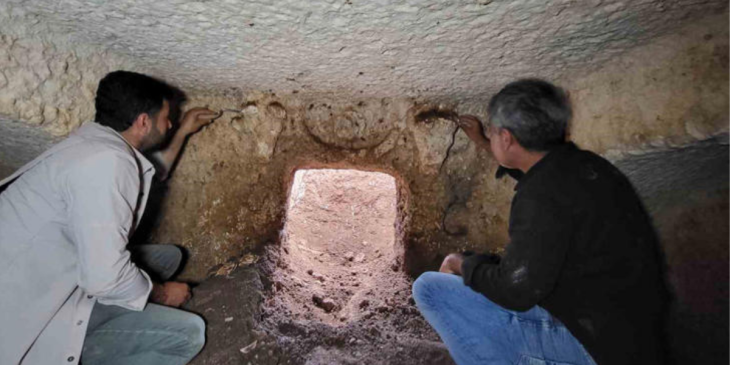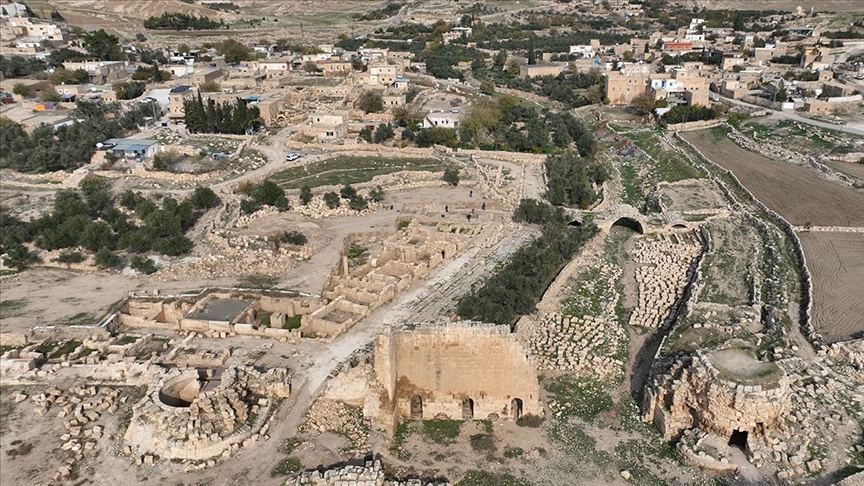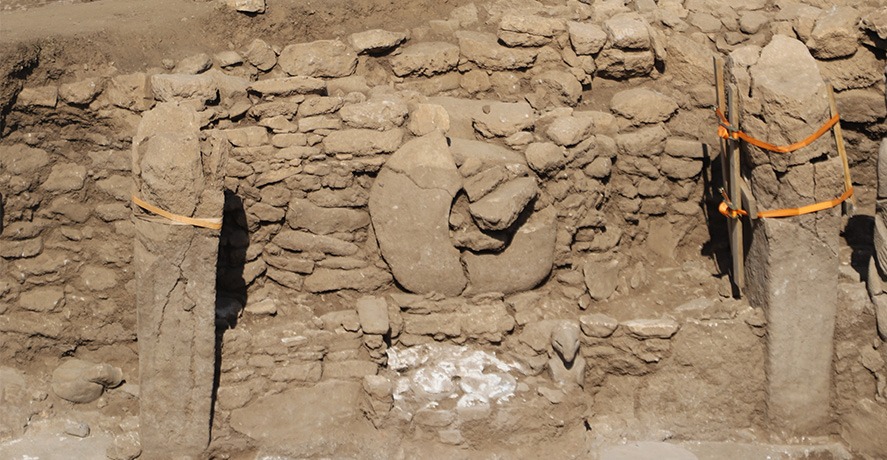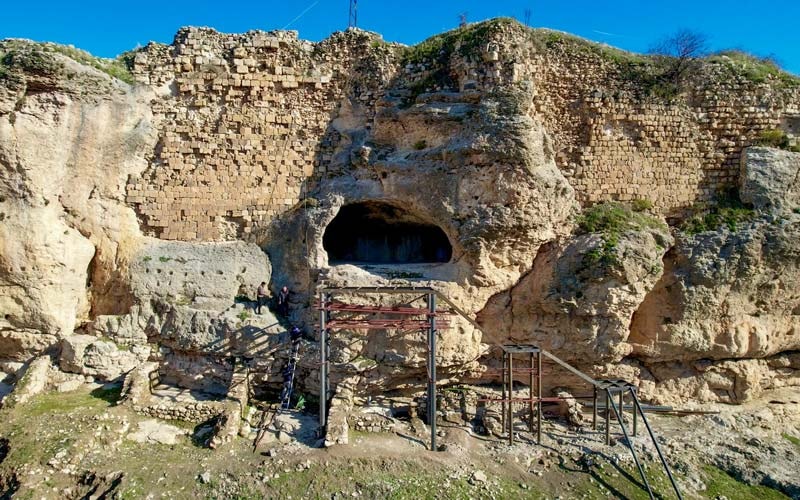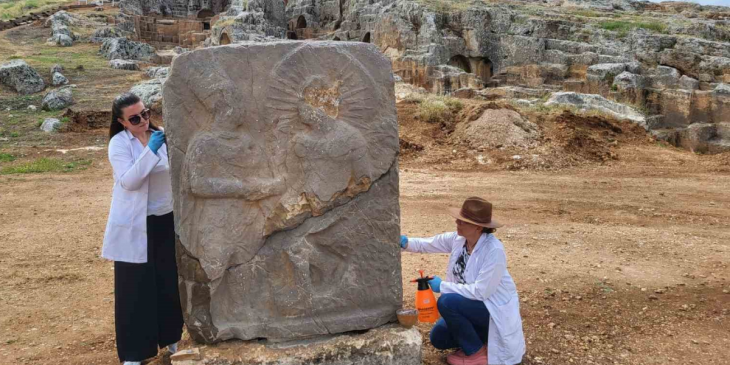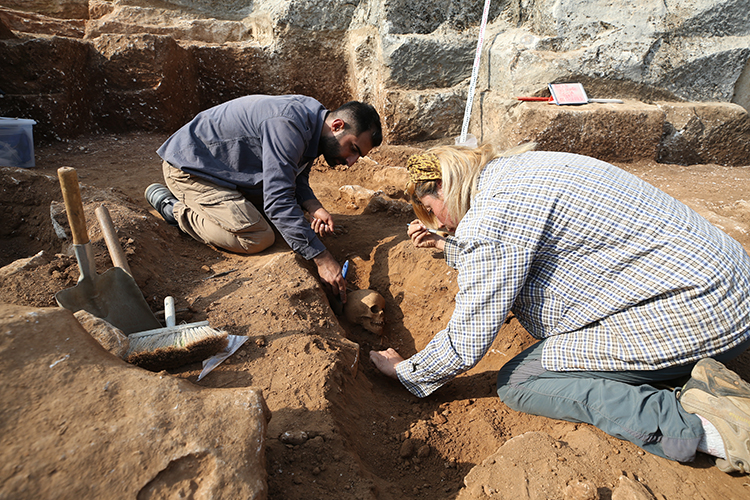Karahantepe, known locally as “Keçilitepe”, is a prehistoric site in an upland area of the Tektek Mountains in the Southeastern Anatolia Region, Türkiye.
Located just over 45 kilometers (27 miles) east of Göbekli Tepe, Karahan Tepe was first discovered in 1997. While the archaeological site has still not been fully excavated, digs have revealed that this ancient complex has some incredible similarities to Göbekli Tepe.
Karahan Tepe, the first of a dozen prehistoric sites to be excavated by Turkish authorities in the south-eastern province of Sanliurfa, includes homes within a vast ritualistic complex that demonstrates that hunter-gatherers built permanent settlements long before the advent of agriculture 10,000 years ago.
Karahan Tepe dates to about 9,500 BC and covers about 10 hectares. But Some archeologists suspect that Karahan Tepe could be even older than Gobekli Tepe.
Carvings here, as at Göbekli Tepe, are three-dimensional sculptures, the monoliths forming concentric circles. At the site, archeologists have uncovered similar T-shaped stelae there including 250 obelisks featuring animal figures.
One of the most important features that distinguishes Karahan Tepe from Göbeklitepe is the steles with human depictions and three-dimensional human sculptures.

Karahan Tepe and Gobekli Tepe are now thought of as being just two of the sites (that have happened to have been partially excavated) of a wider region called Taş Tepeler (Taş Tepeler: Literally Means “Stone Hills”). So far it is known that the area is home to at least 12 similar sites.
Among the sites making up Taş Tepeler are: Göbeklitepe, Karahantepe, Harbetsuvan, Gürcütepe, Kurttepesi, Taşlıtepe, Sefertepe, Ayanlar, Yoğunburç, Sayburç, Çakmaktepe and Yenimahalle.
These sites cover an area of 200 kilometers from one end to the other and are located in the Anatolian and Upper Mesopotamian territory that hosted the earliest settled communities known.
“Now we have a different view on history,” says Necmi Karul, an Professor of prehistory at Istanbul University who is leading the dig at Karahan Tepe.
Karahan Tepe’s circular rooms were planned out in advance, and “the very skilful processing of bedrock reveals an impressive prehistoric architectural engineering”, Karul says.
Sacred and secular spaces were built simultaneously at Karahan Tepe, where humans dwelled year-round for about 1,500 years, and no remnants of farmed vegetation have been found.
It appears that in this region, elaborate, permanent monumental villages came into being before agriculture began – and not after, as was the old assumption.
Cover image: One chamber features 11 giant penises carved from bedrock—one of the earliest examples of phallic symbolism

